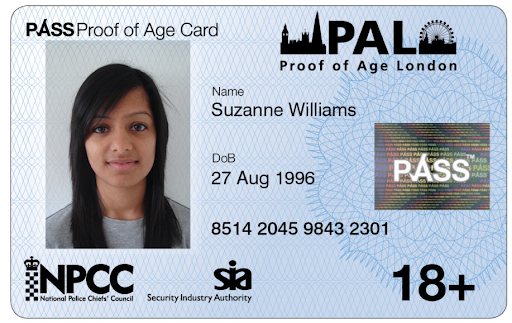Photo ID, or photo identification, is a document used to confirm the correct identity of the person it portrays. Anyone examining the photo ID should be able to confirm that the photo on the photo ID corresponds to the person holding the photo ID. Understanding what is photo ID is essential for ensuring that identification processes are secure and accurate.
The photo is usually just a picture of the person's head and shoulders, clearly showing facial features with no major shadows, other objects, or obstructions. A photo ID contains other information in addition to the photo such as name, numbers, text and other items.
Usually the photo ID is a plastic card, with the photo and other information printed permanently on the surface and protected by some kind of secure layer with forgery-resistant features. Although a photo ID can be a paper product, paper can be too easily copied or altered, so most photo IDs today come in the form of a hard plastic card. Another reason plastic is used is for its durability. A photo ID needs to last for the duration it is to be used, sometimes up to 5 years (in the case of a driver's license). The photo ID meaning is tied to its ability to securely and accurately represent an individual's identity over time.
The person whose image is displayed on the photo ID card is called the "cardholder". The person or entity that is examining the photo ID for authenticity is called the "verifier". The verifier can use the information on the photo ID to confirm that the person with the photo ID is really that person, and that they are entitled to be performing the action they are doing.
The Photo ID card can be examined and confirmed by another person or by a machine. The card verifier will look for certain components on the photo ID, such as the photo, to confirm identity of the card holder. The verifier will also look for visual elements on the card (such as a hologram, or printed feature) to confirm that the card or its information has not been altered in any way. This process gives the verifier assurance regarding the identity of the photo ID cardholder.
If the verifier is a machine, the photo ID must contain additional "machine readable" information such as a barcode, QR code, magnetic stripe, antennae and chip, or OCR (Optical Character Recognition text similar to what is on a passport). ID cards that are verified by a machine are sometimes called electronic, proximity or smart cards.
A photo ID card has multiple uses, and the type of information displayed on the photo ID is determined by the scenario where it will be used. For example, a drivers license has forgery resistant features, and displays information about a person that includes photo, name, address and physical characteristics (height, weight, eye colour, hair colour) as well as their license number. This enables a drivers license verifier (usually a law enforcement officer) to have confidence that 1) the card is authentic, and 2) the person holding the card is the correct person displayed on the card.
On the other hand, an employee ID card would usually only include the person's photo, their first name, a position or title, and the company logo. Another common form of photo ID is a student card, used to confirm the student is who they claim to be, and to enable them to conduct certain financial transactions on a campus.
A photo ID should only contain information that is being used in the specific scenario to correctly identify the person holding the photo ID.

